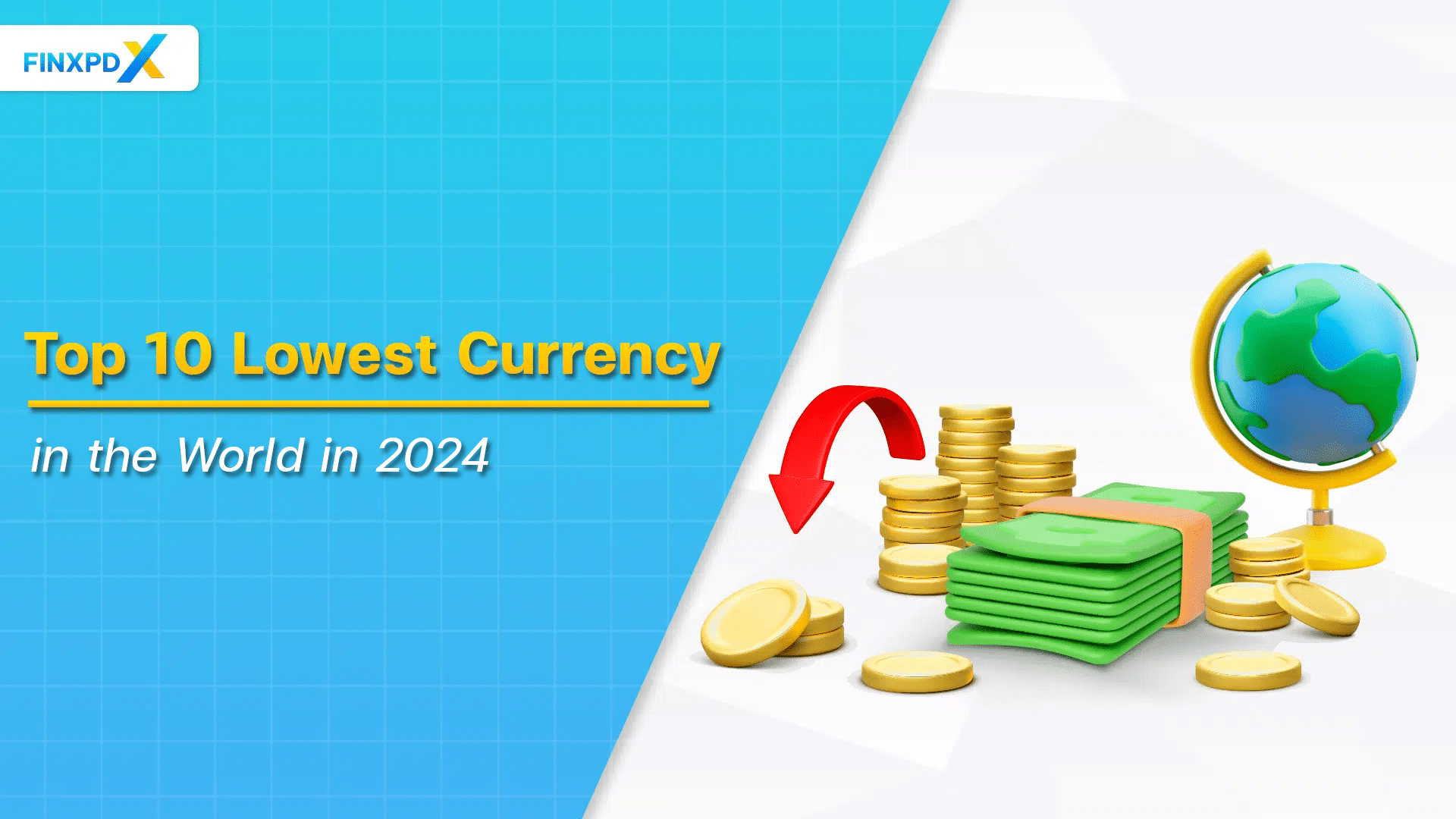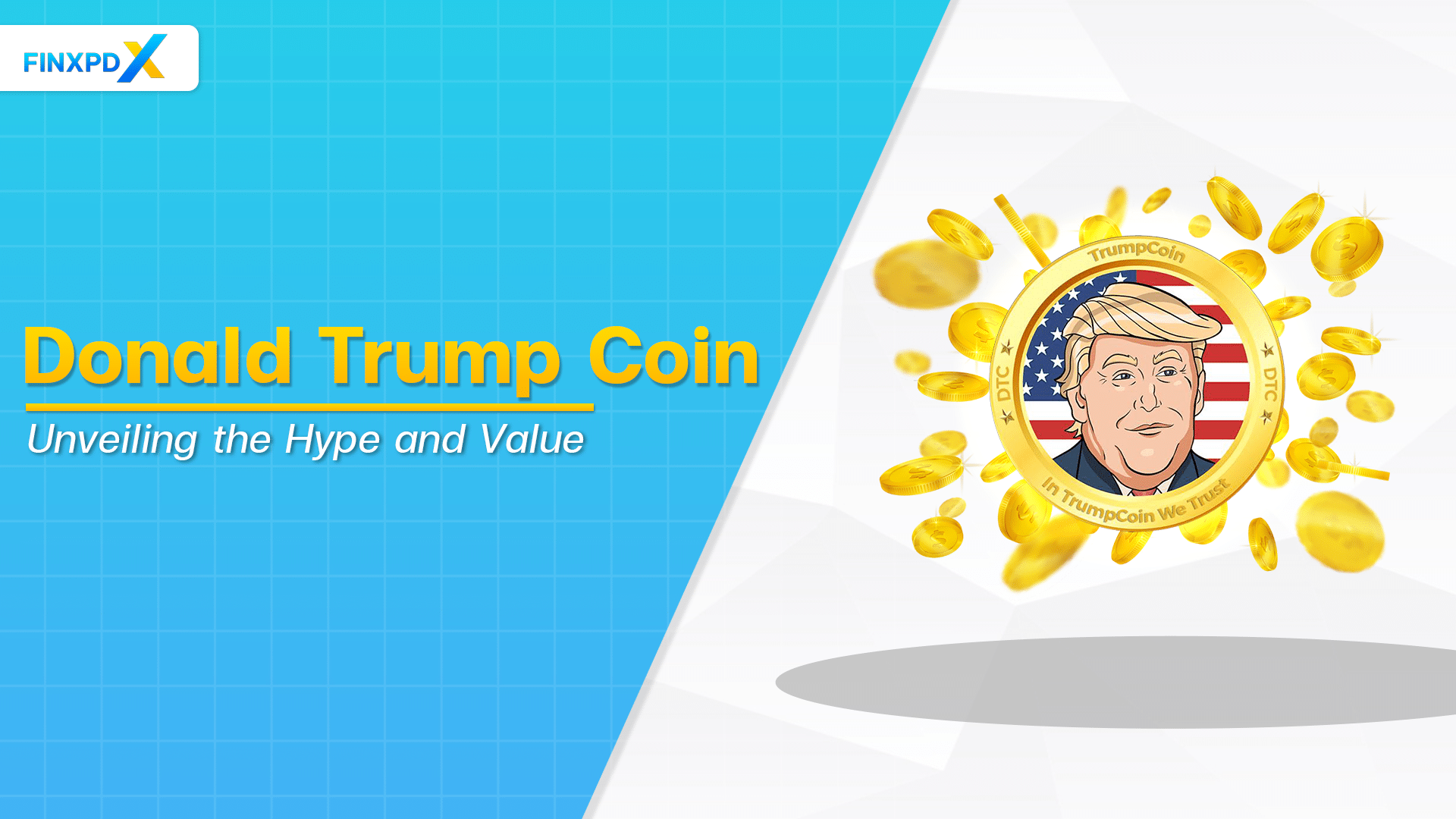People say money makes the world go round, but not all currencies are equal. As we head into 2024, some nations are still wrestling with big economic problems, making their currencies some of the weakest. This list will cover the top ten lowest-valued currencies in the world and explore what’s behind their drop in value. From political issues and economic sanctions to inflation and reliance on certain exports, these currencies tell a story of complex economic struggles.
By understanding these currencies, we get a clearer picture of these countries’ challenges and a better sense of today’s global economic scene.
An Overview of the Lowest Currency in the World
Currencies serve as a medium of exchange, a store of value, and a unit of account. Some, like the U.S. dollar, the Euro, and the British Pound, have strong buying power. Others find themselves on the opposite end of the spectrum.
Understanding which currencies are the lowest against the U.S. dollar can provide insights into various economic conditions, political stability, and investment opportunities. However, it’s important to note that a low-value currency isn’t always a sign of a weak economy. Sometimes, it’s a deliberate strategy by the government to boost exports or is influenced by other factors like high inflation rates, political turmoil, or economic sanctions.
Key Takeaways
- The value of a currency is determined by a variety of economic and political factors, including inflation rates, interest rates, and overall stability.
- Political instability, economic challenges, and international sanctions significantly contribute to low currency values.
- The weakest currency in the world value is not inherently negative; it can offer advantages such as making exports cheaper and more competitive.
Top 10 Lowest Currency in the World in 2024
| Rank | Country | Currency | Value (Compared to USD) |
|---|---|---|---|
| 1 | Iran | Iranian Rial (IRR) | 42,098.50 |
| 2 | Vietnam | Vietnamese Dong (VND) | 25,451.50 |
| 3 | Indonesia | Indonesian Rupiah (IDR) | 16,406.50 |
| 4 | Uzbekistan | Uzbekistani Som (UZS) | 12,596.58 |
| 5 | Sierra Leone | Sierra Leonean Leone (SLL) | 22,448.9 |
| 6 | Guinea | Guinean Franc (GNF) | 8,587.73 |
| 7 | Laos | Laotian Kip (LAK) | 21,851.93 |
| 8 | Paraguay | Paraguayan Guarani (PYG) | 7,512.80 |
| 9 | Cambodia | Cambodian Riel (KHR) | 4,108.80 |
| 10 | Madagascar | Malagasy Ariary (MGA) | 4,470.84 |
This section highlights the top ten lowest-valued currencies worldwide, delving into the reasons behind their depreciation and what it means for the respective economies.
1. Iranian Rial (IRR)
Value: 1 USD = 42,098.50 IRR
The Iranian Rial is the weakest currency due to long-term economic sanctions, political issues, and high inflation. Despite the country’s rich oil reserves, international restrictions have severely paralyzed Iran’s economy.
2. Vietnamese Dong (VND)
Value: 1 USD = 25,451.50 VND
Vietnam’s currency remains weak because of tight government control and high inflation, even though the country is growing economically. It still has a way to go to become an entirely market-driven economy.
3. Indonesian Rupiah (IDR)
Value: 1 USD = 16,406.50 IDR
The Rupiah stays low in value due to Indonesia’s reliance on exporting commodities and its economic ups and downs. Changes in global prices for these exports and limited foreign exchange reserves also play a role.
4. Uzbekistani Som (UZS)
Value: 1 USD = 12,596.58 UZS
Economic reforms and low industrial output have caused the Som to drop in value. The COVID-19 pandemic has also put extra pressure on Uzbekistan’s economy.
5. Sierra Leonean Leone (SLL)
Value: 1 USD = 22,448.9 SLL
Leone’s currency is weak because of a history of civil conflict and poor economic management. The country’s dependence on commodity exports makes it very sensitive to market changes.
6. Guinean Franc (GNF)
Value: 1 USD = 8,587.73 GNF
Political instability and high inflation in Guinea keep the Franc weak. The country is rich in natural resources but struggles with development and corruption.
7. Laotian Kip (LAK)
Value: 1 USD = 21,851.93 LAK
The Kip is low in value due to slow economic growth and high inflation. Laos relies heavily on agriculture and has limited foreign investment.
8. Paraguayan Guarani (PYG)
Value: 1 USD = 7,512.80 PYG
Paraguay’s inflation, unemployment, and corruption issues have weakened the Guarani. The country relies on agriculture and has a history of economic instability.
9. Cambodian Riel (KHR)
Value: 1 USD = 4,108.80 KHR
The Riel’s value is low partly because many people in Cambodia use US dollars for transactions. This culture, along with other economic problems, keeps the Riel weak.
10. Malagasy Ariary (MGA)
Value: 1 USD = 4,470.84 MGA
Extreme poverty and poor infrastructure in Madagascar make the Ariary one of the weakest currencies. The country is working on improvements, but progress is slow.
What Affects Currency Exchange Rates?
Currency exchange rates are more than just numbers; they’re indicators of an economy’s health and are affected by a variety of factors. In this section, we’ll outline the top 5 factors that affect currency exchange rates.
1. Inflation Rate
A lower inflation rate in a country generally improves that country’s currency value. Lower inflation often leads to a rise in the purchasing power of a currency.
2. Interest Rates
Higher interest rates attract foreign capital. This is because investors look for the best return on their investments. As a result, the value of the country’s currency increases.
3. Political Stability
Investors prefer to invest in a country that is politically stable. When there is political turmoil or uncertainty, the currency becomes less attractive. This can reduce its value.
4. Economic Indicators
Various indicators can influence a currency’s strength. These include GDP growth, employment numbers, and fiscal policy. A strong and growing economy usually supports a strong currency.
5. Market Sentiment
The perception of a country’s currency can also affect its value. Events like political elections and geopolitical tensions can sway public opinion. This, in turn, affects the currency’s value.
Conclusion
Understanding the mechanics behind the lowest currency or weakest currency in the world provides insights into larger economic trends. As we’ve seen, the weakest currency in the world often comes from countries facing various challenges, such as high inflation, political instability, or economic underdevelopment.
However, it’s crucial to recognize that the cheapest currency in the world is not necessarily a sign of a weak nation. In some cases, a weaker currency can offer opportunities for investment and trade. As with any financial undertaking, understanding the context is key to making informed decisions.
FAQs
As of 2024, the Iranian Rial is an example of the world’s lowest currency. Its value is approximately 1 USD = 42,062.50 IRR, a figure that significantly underlines the economic challenges and political instability that Iran faces, making it a unique case among other currencies.
Several factors contribute to Iran’s having the cheapest currency in the world. Political instability, sanctions from other countries, high inflation, and economic challenges all lower the value of the Iranian Rial.
A weak currency is a double-edged sword, and its implications depending on the context. For exporters, a weaker currency can be a boon, making their products more competitive in global markets. However, it can also be a bane, leading to higher inflation and reducing citizens’ purchasing power.
As of 2024, the Kuwaiti Dinar is considered the world’s highest-valued currency in exchange rate against the U.S. dollar. This is due to Kuwait’s substantial oil wealth and stable economic policies.
Several factors can impact a currency’s value. These include:
– Inflation rates: Higher inflation generally devalues a currency.
– Interest rates: Higher interest rates can attract foreign investment, increasing a currency’s value.
– Political stability: Stable governments are more attractive to investors, boosting currency value.
– Economic performance: Strong economic growth supports a higher currency value.
– Market sentiment: Perceptions and speculations by traders can influence currency value.
Related Articles:
- Blockchain: Understanding the Basic of Its
- Digital Rupee: Pros & Cons and How to Buy?
- Crypto Batter: A Revolutionary Idea for Traders
Read more: Cryptocurrencies








